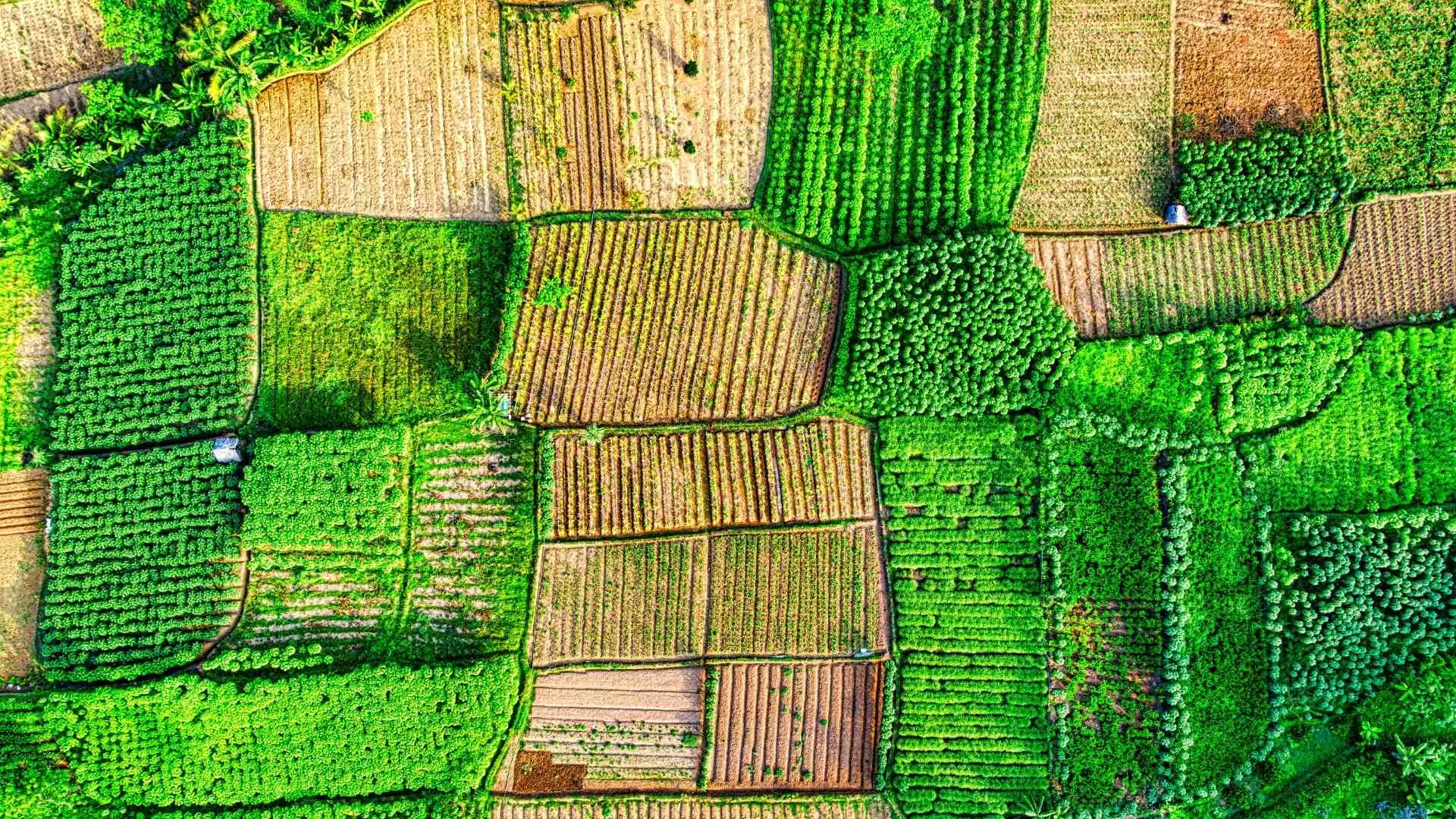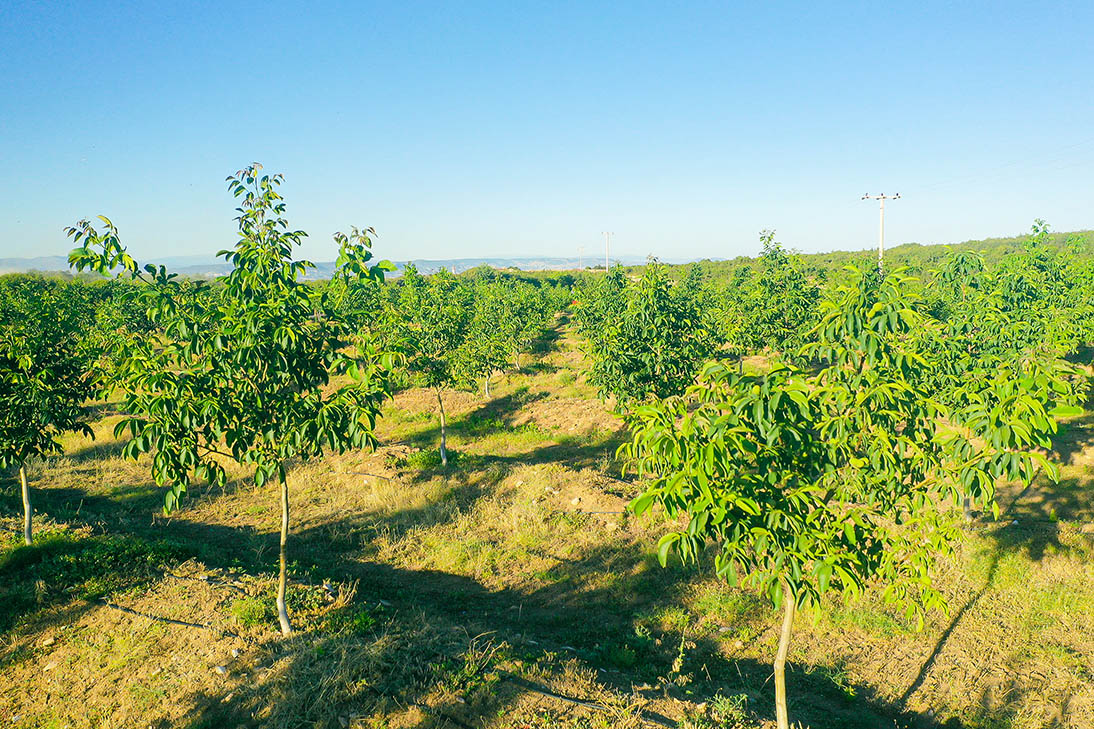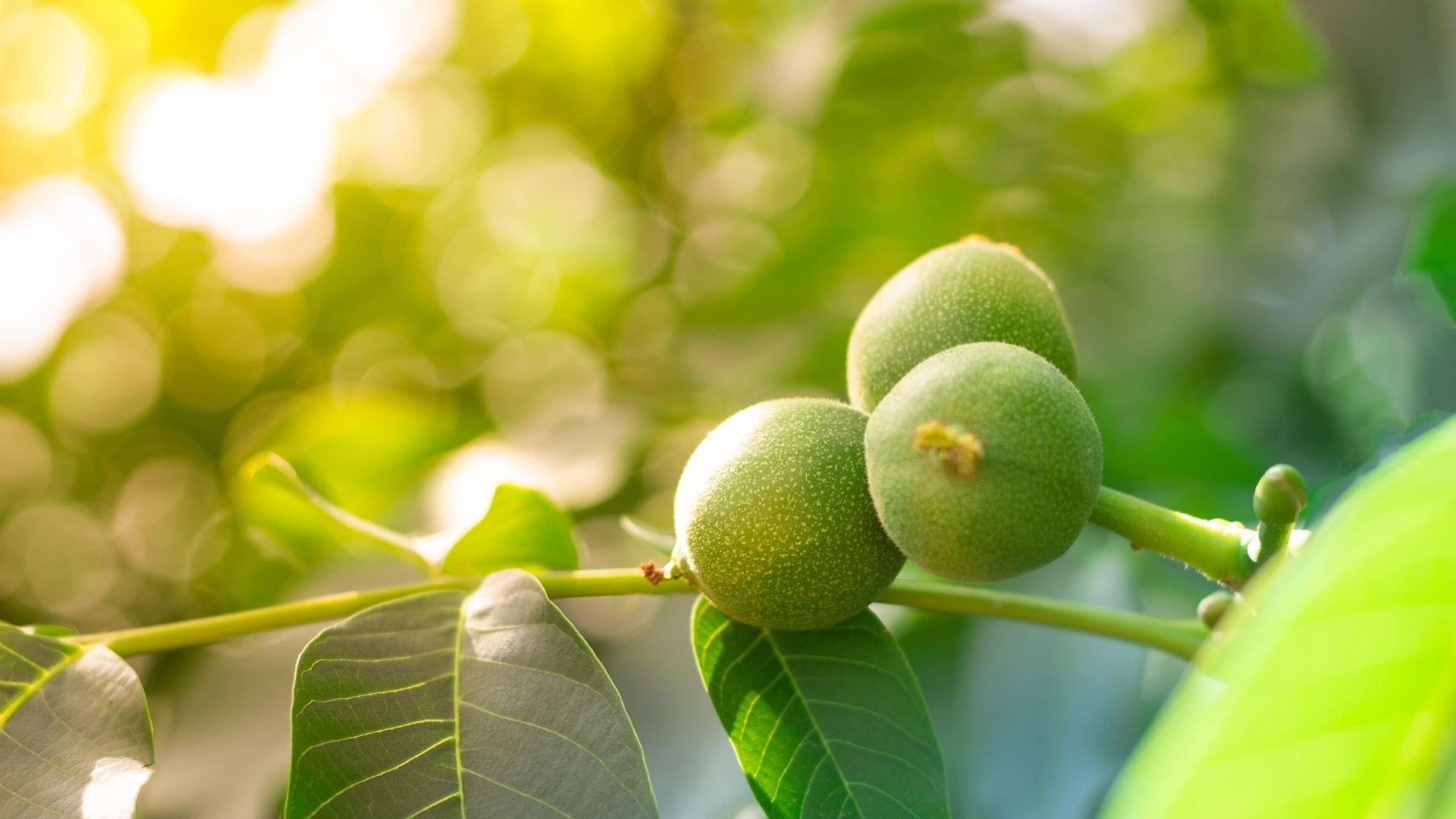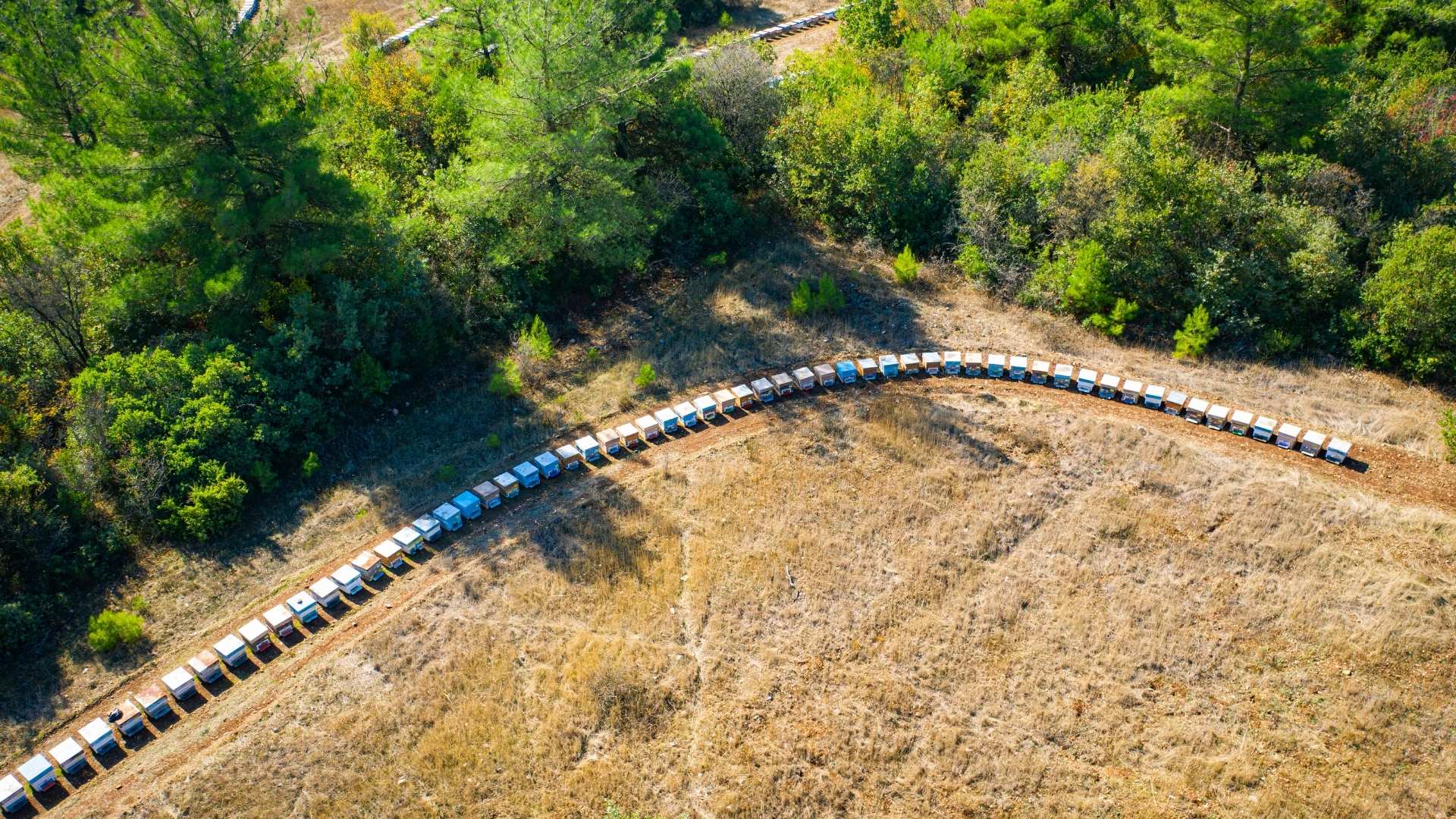
Secure your Investment Portfolio in Times of Volatility
Secure your Investment Portfolio in Times of Volatility. All investors have found 2022 a challenging year to endure because of the uncertainty of disrupted financial markets. Even experts struggle to navigate the unprecedented convergence of economic, political, and supply chain events. As a result of market signals that have not been seen since the last significant global recession, many investors are starting to hunt for assets with recession-resistant characteristics to help manage risk in their investment portfolios. Managing risk to optimize returns is the key to investing. You might also believe that in this challenging market, the only way to make a sizable profit is to accept volatility, whether in the form of speculative investments like cryptocurrency, unstable bonds, or rising tech companies.
It can be difficult for investors to understand what this might mean for their investment portfolio. Nevertheless, the prospect of agricultural real estate may be worth investigating for individuals seeking to protect their money from the volatile markets. We examine the current market state and main attributes of farmland investment in this post to highlight how it can assist in safeguarding your investment portfolio during this unpredictable period.
Volatile Market
If we look back at 2022, there’s no doubt that the markets have been shaken by volatility, and you may feel the sting in your investment portfolio results. Supply chain problems significantly impacted 2022 due to COVID-19’s long-lasting effects and the war in Ukraine. As a result, global supply chain leaders report that 91% of their direct suppliers experienced interruptions. In the same poll, businesses reported an average loss of $182 million due to supply chain problems. The S&P suffered a loss of 23.9% in the first three quarters of 2022 due to these supply-chain interruptions, among other things. In addition, 87% of trade days from January to August saw intraday moves greater than 1%. In June, the Consumer Price Index reached its highest level in more than 40 years, peaking at 9.1%. The CPI increased by 6.6% in October compared to the previous year, which is the highest annual gain since 1982. The market hasn’t been this erratic since the 2008 Global Financial Crisis, and unsurprisingly, returns have been obliterated for many investments.
The end of the Great Moderation
Many investors were disappointed by the turbulent first half of the year. In the Great Moderation period, which began in the 1980s, we saw reduced financial market volatility, macroeconomic instability, and asset price growth for everything from stocks and bonds to commodities and credit. So, what are we facing in the market now? Experts say broader market volatility is likely to be fostered by persistently higher inflation, higher interest rates, inconsistent growth, and protectionism – a world of fundamentally increased macro volatility – making investing difficult and riskier.
Investors are looking for portfolio solutions that help them adapt to the market in light of these market shifts. Models to assist in managing your investment portfolio. One of the best investment alternatives is agricultural real estate, like the walnut farmland opportunities offered by Invest4Land. Finding something more stable beneath your feet is difficult, so farmland investment can help mitigate volatility. Let’s take a closer look.
The Case for Farmland in your Investment Portfolio
Investing in farmland has several qualities that make it attractive to investors during upheaval and recession. Firstly, investors immediately benefit from the output of agricultural real estate because it is tangible and productive, rather than just some fictitious store of value like cryptocurrencies. Secondly, farmland has traditionally held its value remarkably well. This is primarily driven by the fact that many agricultural items, food especially, have a stringent demand. As a result, demand tends to remain constant all year round, regardless of the economy. Over the past three decades, the value of agricultural real estate has steadily increased, and it can generate annual revenue. Depending on the investment structure, investors can receive a portion of crop sales, giving them a cash income while the asset’s value increases.
The fact that investing in farmland can be a fantastic inflation hedge is especially pertinent right now. Food and other commodities typically cost more as consumer prices rise. The average yearly agricultural returns have exceeded the current inflation rate by more than double. Food prices, which frequently rise and fall in sync with inflation, are intrinsically linked to farmland returns. Inflation was 8.2% according to the 12-month unadjusted CPI for September 2022, with general food costs rising by 11.2%. Investors may benefit from increasing crop prices when food costs rise, increasing their yearly revenue.
Furthermore, when measured against risk, farmland investment has historically outperformed conventional real estate, bonds, and gold. It is also much more stable than the stock market. The average annual volatility of equities over the past three decades was close to 17%, in contrast to just 6.75% for agriculture. Regarding volatility, agricultural real estate has historically offered robust, dependable, and uncorrelated returns to equities, bonds, and even real estate. The good news is that Invest4Land makes adding it to your investment portfolio simpler than ever with a unique agriculture investment in Turkey.

Secure Your Investment Portfolio with Us
Managed farmland through Invest4Land shows enormous promise as a buffer against market uncertainty if you are looking for a historically dependable asset to invest in during this turbulent economy. Our innovative agriculture investment approach allows you access to this dynamic market, which is also one of the highest-yielding asset classes in terms of risk-return. Consider investing in walnut farms in Turkey through Invest4Land if you’re seeking a different agriculture investment that can provide steady returns, stability, and diversification—interested in learning more? Contact our advisors to get started today.



